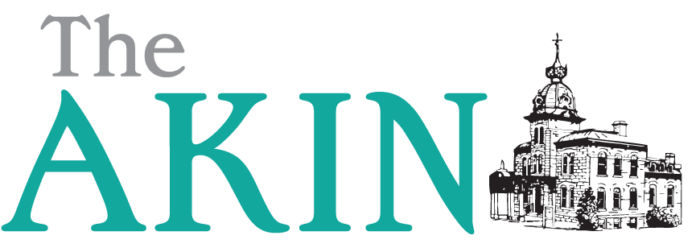Oblong Meeting House
The Quaker community had established itself in the Oblong by the 1740s, and quickly grew. By 1764, the community had outgrown its original meeting house, and a new structure was erected on what is now Meeting House Road. For decades it served the Quaker community in the Oblong, almost without interruption.
During the Revolutionary War, however, it was commandeered by Washington’s army and used as a field hospital. The surgeon in charge, Dr. Fallon, stated that only 3 out of his 100 patients died under his care, probably because there were no battles nearby, and most of the wounded brought to the Oblong Meeting House were not in cirtical condition. The few that did perish here are buried in unmarked graves south of the Meeting House; some of the earliest residents of Quaker Hill are buried on the opposite side. Its use was discontinued in 1885 with the construction of the Akin Hall; it is now preserved by the Quaker Hill Historical Society.
